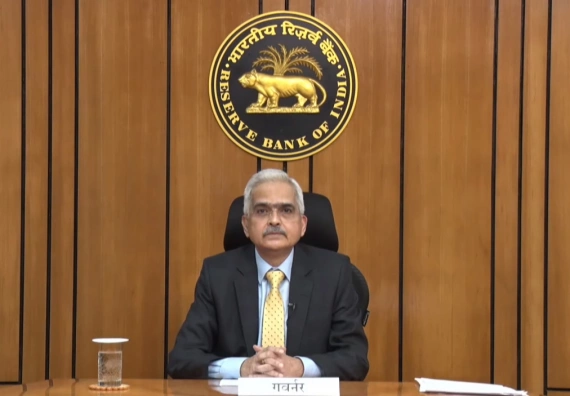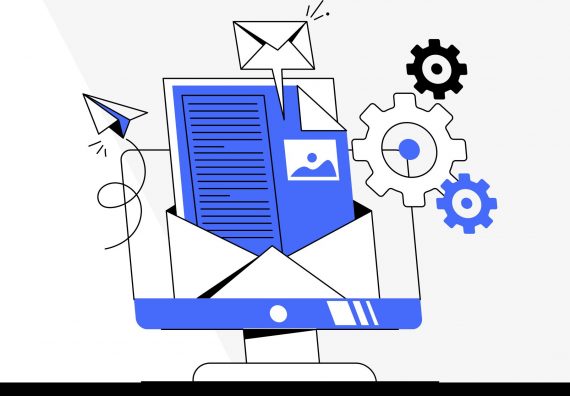AI and ML in debt collections: Shaping the future of debt recovery
4 days ago
57Views
Reading Time: 5 minutes In recent years, the debt collections industry has undergone a remarkable transformation. At the heart of this change are…
Reading Time: 5 minutes With a higher focus on profitability, improving debt collections performance has become a priority for banks, non-banking financial companies…
Reading Time: 6 minutes Credit card debt is widely used by millions of people globally to manage their short term finance needs for…
Popular Blogs
All Blogs
4 days ago
57Views
AI and ML in debt collections: Shaping the future of debt recovery
Reading Time: 5 minutes In recent years, the debt collections industry has undergone a remarkable...
Reading Time: 5 minutes With a higher focus on profitability, improving debt collections performance has...
Reading Time: 10 minutes Field debt collections have long been a labour-intensive, time-consuming, and cost-inefficient...



